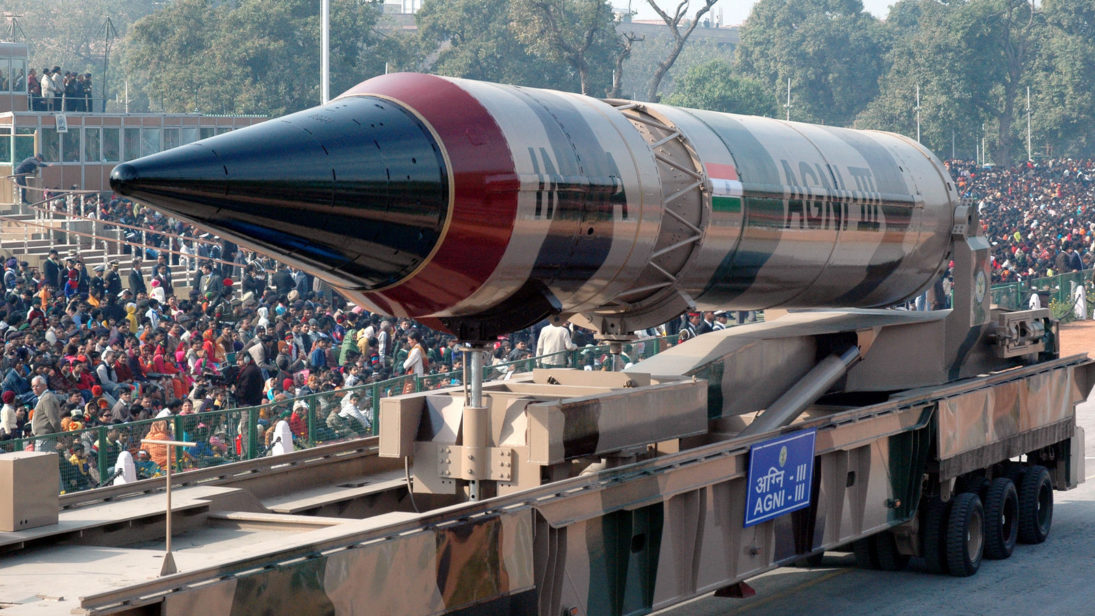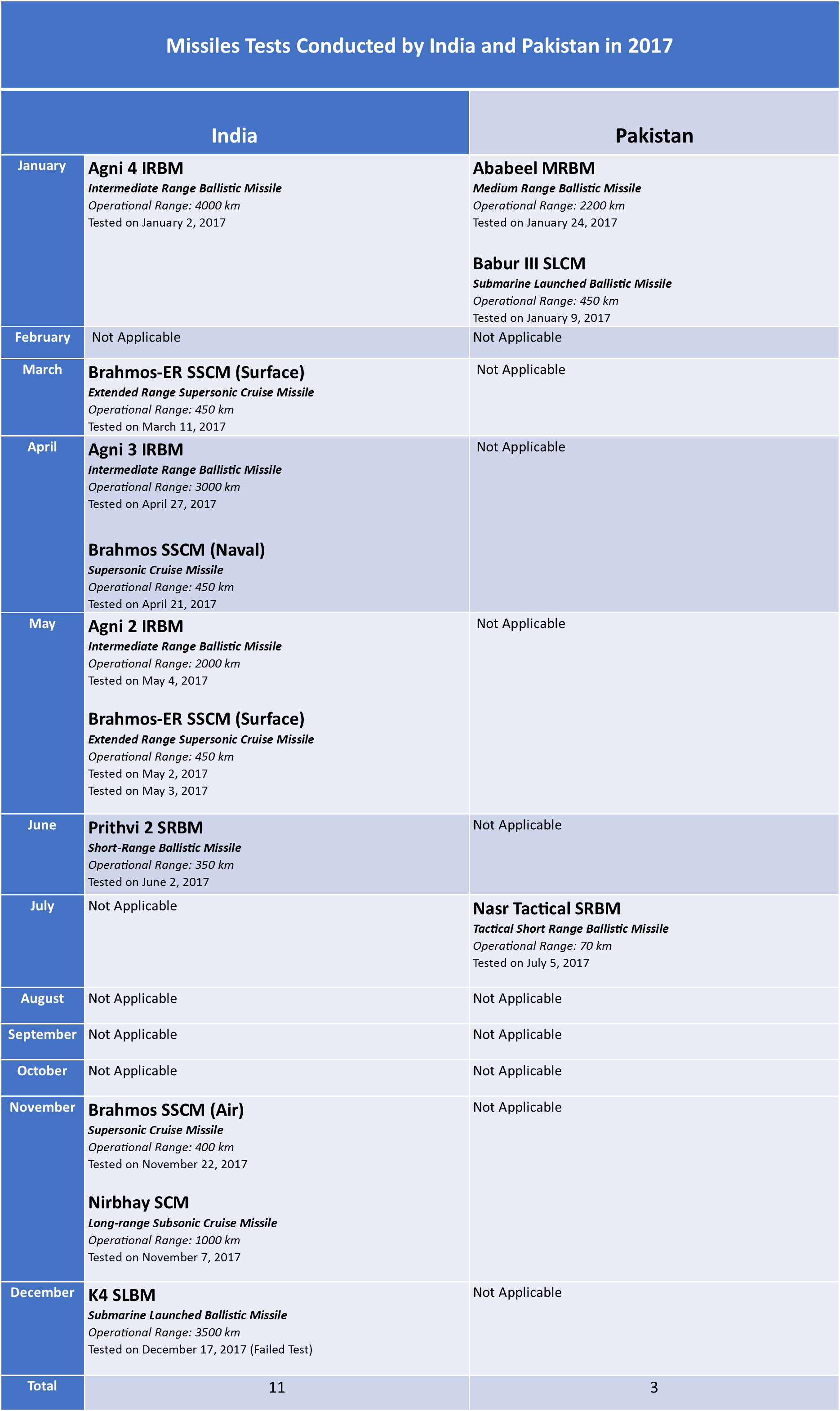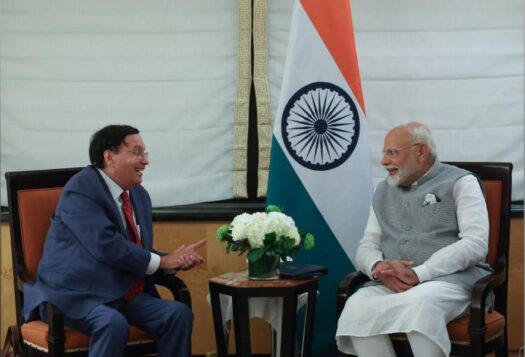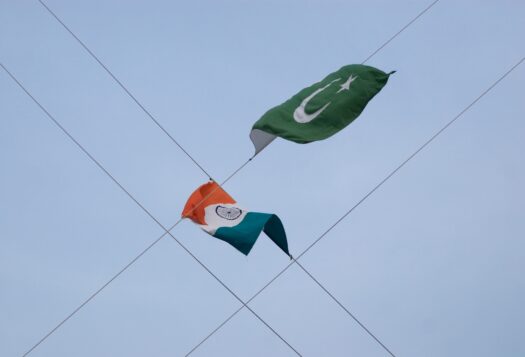
Public officials and policymakers are generally reticent when it comes to explaining a nuclear-capable state’s policies, doctrines, and strategies related to its strategic capabilities. They see value in maintaining ambiguity and secrecy by keeping their opponents guessing. However, missile testing and acquisition of sophisticated technologies do indicate potential nuclear trends and policy shifts. In this context, it is important to assess ballistic and cruise missile developments in India and Pakistan in 2017 and analyze the associated changes in each country’s nuclear doctrine.
Noteworthy Developments in 2017
India conducted eleven missile tests in 2017 whereas Pakistan completed only three (refer Table 1). Interestingly, both countries test-fired short- (SRBM) and medium-range ballistic missiles (MRBM), as well as submarine-launched cruise missiles (SLCM), whereas India exclusively tested sub-sonic and supersonic cruise missiles from a variety of platforms. These tests have restarted the debate in South Asia on ballistic missile defense (BMD) technologies—which India is actively developing—and an assured second-strike capability through the introduction of SLBMs and SLCMs. The missile tests conducted by India in 2017 indicate that it is focusing on building a robust naval leg of its triad by developing short-range ballistic and cruise missiles suitable for counterforce targeting. The tests of the submarine-launched K-4, the air-launched BrahMos, and Nirbhay missiles are indicative of the operationalization of India’s nuclear triad.
Significantly, India has been pursuing new technologies for its nuclear-armed missiles. For instance, India is testing from canister-based launch systems, which generally require the nuclear warheads to be mated to the missile at all times. India has been improving the mobility of its nuclear-capable missiles, as the Agni-V test that occurred this month shows. The Agni-V test was the third consecutive Indian missile test to have been conducted from firing the missile from a canister on a road-mobile launcher. Arguably, these technologies will improve India’s deployment flexibility and survivability in the event of a preemptive strike as it will be challenging for the enemy to continuously monitor, track, and hit the missile accurately. Moreover, the shift from liquid to solid-fueled missiles will also improve the storage life and readiness levels of India’s ballistic missiles—such as the Agni II and Prithvi II. The incorporation of these technologies will ensure the storage and safety of the missile until the desired operational time.
Significant developments on the Pakistani side include its maiden tests of the newly-developed Babur-III (SLCM) and the Ababeel (MRBM), which has multiple independently-targetable re-entry vehicle (MIRV) capability. Pakistan’s Inter-Services Public Relations (ISPR) stated that the Ababeel test “was aimed at validating various design and technical parameters.” This indicates that Pakistan is likely to further enhance its MIRV capability for its Ababeel missiles and will conduct more tests in the future to neutralize India’s emerging BMD shield.
India’s Nuclear Doctrine: Towards Offensive Capabilities?
Previously, India’s focus was on building defenses under the rationale of its longstanding no first use policy to counter its two neighbors and adversaries: China and Pakistan. Thus, India invested in BMDs under the guise of a massive retaliation posture. However, the technological inductions witnessed last year hint at an inclination towards offensive capabilities, with a focus on completing the tri-service versions of their cruise missiles. In addition, India is also extending the range of conventional and nuclear precision strike systems and inducting platforms to execute preemptive first strikes, such as the integration of the BrahMos with Su-30 MKI fighter bombers. Thus, the BrahMos-armed Su-30s will further enhance India’s strategic deterrence. At the same time, the production and induction of a greater number of short-range systems, such as tactical ballistic missiles and the BrahMos and Nirbhay cruise missiles, point towards the development of a counterforce strike capability against India’s two nuclear adversaries, China and Pakistan. The BrahMos-A has the ability to strike deep within Pakistan or China, thereby potentially neutralizing each country’s offensive launch capability in a first strike. This ambiguous mosaic of offensive and defensive weapon systems is challenging the delicate state of deterrence stability in the region.
Islamabad’s Dilemma
In this complex geometry of deterrence involving multiple nuclear competitors, strengthening strategic stability faces numerous challenges. A nuclear-capable state that perceives potential threats from more than one adversary develops multifaceted capabilities that may generate shifts in its doctrine and force posture. But when a state strengthens deterrence against another state’s nuclear doctrine, this shift will often be perceived as a threat by another state. It is this action-reaction cycle that has continued to shape India-Pakistan-China triangular competition through 2017. India’s qualitative and quantitative enhancement of its nuclear triad, ostensibly against China, is being perceived by Pakistan as a provocative strategy designed to achieve escalation dominance in a future conflict. This implies that Pakistan will continue to perceive its strategic deterrence requirements aimed at effectively deterring India. Given that Pakistan defines its deterrent as a dynamic rather than static posture, India’s nuclear and conventional developments will determine Pakistan’s deterrence requirements. Therefore, Islamabad will likely respond to developments in India’s missile program by pursuing a wide range of options for strategic flexibility.
Strategic Dynamism in South Asia
2017 bore witness to South Asia’s strategic exuberance and dynamism. Along with a resolve to introduce new delivery systems and exhibit the extended range versions of ballistic and cruise missiles, the year’s developments are demonstrative of a shift in the deterrence postures of India and Pakistan. Statements by officials in both India and Pakistan indicate a willingness to use nuclear weapons, fostered by the impressions that nuclear devices are useable and wars, both conventional and nuclear, are winnable. There is also evidence that New Delhi may be prepared to launch a preemptive first strike or else might be changing its deterrence posture in other destabilizing ways. The past year’s developments show that South Asia’s nuclear dynamics are likely to be characterized by technological one-upmanship and a strategic arms race into 2018.
Table 1:

Source: Created by author through news sources
***
Image: Public.Resource.Org via Flickr


